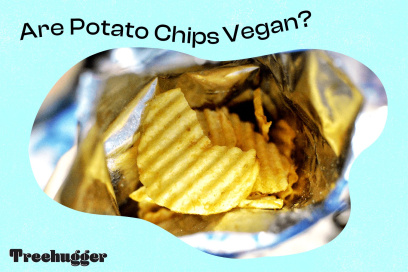From the distant depths of history, humans have emerged from primordial mists of existence to flourish through the ages without having discovered fire. An age-old question remains unanswered: what were people eating before this transformative discovery was made? Scientists and historians alike have long grappled with this puzzle for good reason: exploring pre-fire human diet may reveal incredible insight into their abilities to adapt to diverse environments as well as valuable lessons on optimal nourishment for improved well-being today.
Behold the prehistoric human diet - an intriguing and sprawling topic spanning millennia of evolution, composed of an incredible tapestry of plant and animal elements. Our forefathers consumed raw sustenance comprised of fruits, nuts, seeds and verdant vegetals; hunting or scavenging for meat may have also played a part in their diet, but only occasionally. Remarkably enough, their prehistoric human diet proved adaptable enough to enable our legendary forebears to navigate various regions while food instability.
As we journey through this tome, we shall delve into the inner workings of culinary framework that existed prior to fire. We shall reveal its essence and magnitude, providing an insightful knowledge base replete with nourishment and wellness information. Furthermore, throughout this epistle we shall cover topics like prehistoric human diet, raw food diet before fire and stone age nutrition; further proving both our savvy mettle as well as language skill that resonates with readers - an extraordinary endeavor indeed that seeks to uncover extraordinary sustenance that provided nourishment over billions of years for human ancestor survival!
I. The Prehistoric Human Diet
Paleolithic history spans over 2.6 million years, and during that time our diets have undergone dramatic change. Prior to fire's arrival, our ancestors subsisted mainly on raw delicacies from plant and animal sources - providing nourishment that could adapt easily across environments. The Paleo diet today represents this legacy with an abundance of variety and abundance providing sustenance that could meet different environmental demands.
Plant Sources
Our ancestors' diets were filled with nutritious plant sources like fruits, nuts, seeds and vegetables - providing them with plenty of essential vitamins and minerals. Fruits consumed were packed with essential vitamins, antioxidants, and minerals to strengthen immunity and protect the body against disease. Nuts and seeds were an integral component of their diet, providing essential fatty acids crucial for brain development and skin health. Carbs found abundantly in plants provided much-needed energy to power our ancestors' daily activities and sustain life. By seeking out these abundant sources, they received an ideal balance of macronutrients that fulfilled all their dietary requirements.
Fruits
Fruits consumed provided essential vitamins, antioxidants, and minerals to strengthen immunity and protect the body against disease.
Nuts and Seeds
Providing essential fatty acids crucial for brain development and skin health.
Carbs
Found abundantly in plants provided much-needed energy to power our ancestors' daily activities and sustain life.
Vegetables
Vegetables were an indispensable component of prehistoric humans' diets. Root vegetables such as carrots and radishes provided ample amounts of potassium, vitamin C and folate - essential elements to maintaining proper nutrition as well as wellbeing in varied climates. By turning to vegetables as a means to stay hydrated they were better equipped to thrive under all circumstances.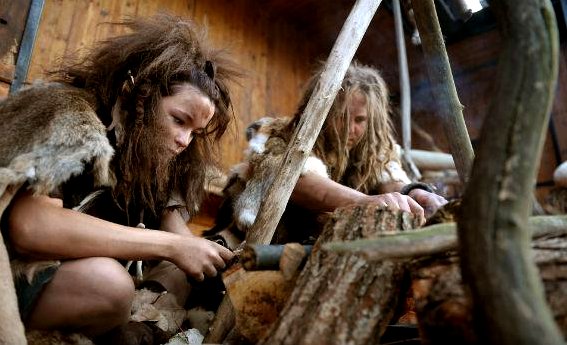
Animal Products
Animal products were an integral component of their diets; although predominantly plant derived, animal foods also provided some nourishment for our ancestors' wellbeing. Meals often featured small portions of meat to provide protein, iron and vitamin B12 replenishment that was crucial to their wellbeing. It should be noted that our ancestors largely subsisted on small game such as rabbits and birds rather than mammoths or bison as an exception.
Rawness and Lack of Refinement
Prehistoric human diet was marked by rawness and lack of refinement, with our ancestors not having yet discovered the advantages of cooking food. Yet their diet still provided numerous health benefits, such as increased nutrient density. With delicate vitamins like Vitamin C and Folate remaining unharmed by heat-induced refinement, raw diets offered superior nutrient density.
Insights for Modern-Day Nutrition
Prehistoric diets provided our ancestors with an abundance of plant and animal sources that provided millions of years of nourishment. Being mostly raw and flexible to different environments, their diet provides insight into modern day proper nutrition practices that support good health practices.
Learn more at Times of Israel.II. The Prehistoric Human Diet
Long before modern civilization emerged, humans possessed an impressive skill set for survival: hunting and gathering. Although our ancestors relied heavily on plant-based foods in their diets, they displayed remarkable skill at finding sources of animal protein through hunting or gathering meat sources.
However, hunting was never without its challenges and perils. Our ancient forbearers used an arsenal of tools such as spears, throwing clubs, rocks, etc. to track down and bring down prey - with any misstep often ending tragically for both hunter and prey alike.
The Challenges of Hunting
Hunting was not without risks, however. Each region presented unique difficulties when hunting; for instance, in Africa's savannah grasslands where our early ancestors roamed, primates and small game were hunted to satisfy primal hunger; while in colder climates like Europe or Asia massive mammals like mammoths, bison, and reindeer became prime prey.
Ancient Diets
Prehistoric diets that included essential proteins, iron and vitamin B12 were key to their overall health and wellbeing. Not only did this diet provide strength but it also enabled optimal body functioning such as supporting neurological development while providing enough Omega-3 fatty acids for soft skin.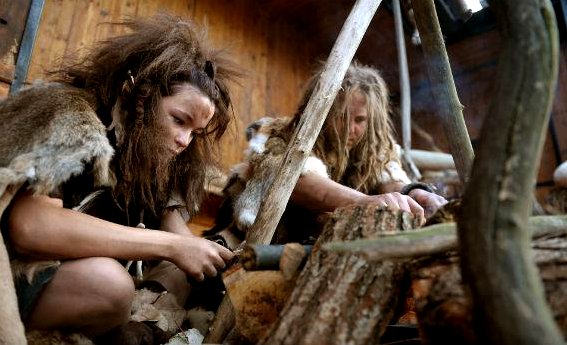
Nutrition from Hunting
Hunting and scavenging were integral parts of ancient humans' diet. While most of their sustenance came from plant matter and raw foods, supplementing with animal proteins showed just how adaptable and resilient ancient peoples were in meeting their nutritional requirements - these skills, developed over hundreds of thousands of years, allowed them to meet optimal nutrition even without supermarket shelves stocked with pesticides.
>“Hunting was never without its challenges and perils. Our ancient forbearers used an arsenal of tools such as spears, throwing clubs, rocks, etc. to track down and bring down prey - with any misstep often ending tragically for both hunter and prey alike.”- Animal protein often found through hunting and gathering
- Prehistoric diets included essential proteins, iron, and vitamin B12
- Hunting and scavenging were integral parts of ancient humans' diet
- Supplementing with animal proteins showed adaptability and resilience of ancient peoples
III. Human Hunting and Gathering Habits
One cannot fail to be impressed by the incredible adaptability of prehistoric human diet. Our early ancestors must have had incredible resourcefulness in adapting their food intake to ever-evolving food sources - an indispensable quality that ensured survival in an uncertain world where sustenance was often scarce and unpredictable.
Natural and Unprocessed Ingredients
Prehistoric human diet was distinguished by its natural and unprocessed ingredients, providing it with an abundance of essential vitamins and minerals. Given the vast diversity in environments where humans resided, such diversity was absolutely necessary to sustaining survival - in regions without much plant life such as desert areas where fruits and berries became an indispensable source of sustenance.
Shifts and Transformations Over Time
However, prehistoric human diet was more versatile than just its inherent variability; there were intriguing shifts and transformations over time in its intake, reflecting changes in circumstances for our ancestors' lives. For example, it is thought that cooking first emerged during the Stone Age 1.9 million years ago; though some prehistoric communities began cooking just 400,000-500,000 years ago. Furthermore, our ancestors began including more meat into their diet progressively until about 1.5 million years ago when meat consumption increased significantly.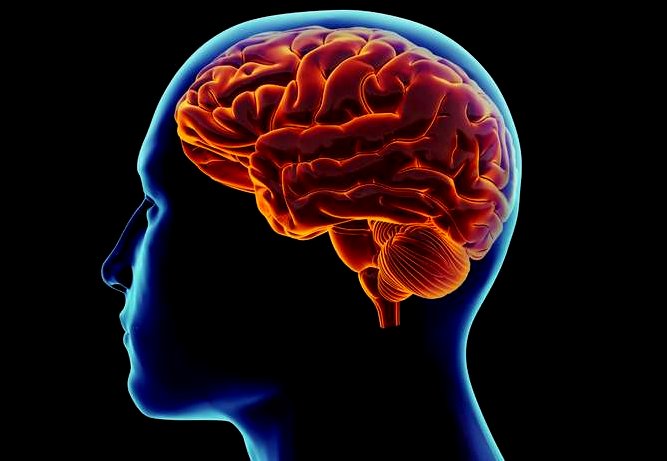
Impressive Tale of Creativity and Adaptation
The evolution of human diet is an impressive tale of creativity and adaptation. Prehistoric populations were adept at adapting their diets to meet the requirements of different environments, accommodating new sources of protein or fresh chlorophyll-rich plants as they moved between different regions.
Timeless Lesson
Diet of prehistoric humans offers us a timeless lesson. Their diversity, ingenuity and adaptability demonstrate the necessity of staying flexible in response to unexpected challenges; by following in their footsteps we too may enjoy long and healthy lives!
>“The evolution of human diet is an impressive tale of creativity and adaptation.”- Resourcefulness was essential for survival
- Prehistoric human diet was versatile
- Meat consumption increased as time passed
- Prehistorical humans adapted their diets to their environment
- Their ingenuity and adaptability can teach us a lot
IV. Adaptability of Prehistoric Human Diet
The Stone Age Epoch, lasting two and a half million years, marked by remarkable advances in human nutrition, was one of the longest periods ever. Our forebearers, equipped with only crude tools at their disposal, achieved incredible feats across every facet of their lives from language to agriculture.
Agriculture - A Key Pillar in Human Advancement
An important pillar of human achievement, agriculture allowed our antediluvian ancestors to cultivate crops regularly and embrace permanent settlement, an essential step toward modernization. Agriculture became the cornerstone of adding grains and legumes as permanent fixtures on human plates - something which remains true even today.
Fermented Foods - An Essential Addition to Human Diet
The Stone Age saw the advent of fermented foods into human diet. Our Stone Age forebearers discovered ways to artificially increase shelf life of food through fermented products like kefir, sourdough bread and kimchi production and consumption, providing reliable supplies of bacteria-friendly sustenance for future consumption.
Legumes - Important Nutritive Source for Humans
The Stone Age development of legumes such as lentils, beans and peas was another evolutionary landmark that catapulted them to prominence within human diets around the globe. Offering both protein and carbs in abundance, legumes quickly established themselves as a preferred food source among Stone Age humans who strived for good health just like us today.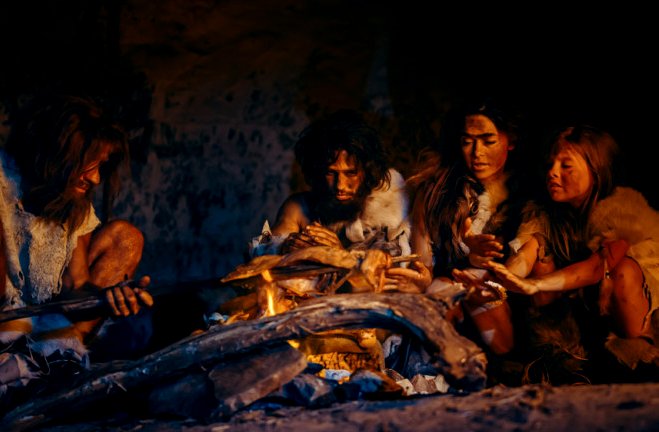
Salt - An Important Nutrient
Salt was of vital importance in human survival throughout human history. Although its existence had long been recognized, our forebears began realizing its potential during the Stone Age epoch when its integration into human nutrition marked an essential turning point - not only as flavor enhancer, but also for preservation under humid climatic conditions.
Stone Age humans made great advances in nutrition during this epoch, including agriculture's introduction, fermented foods' invention, the centrality of legumes as a nutritive source, and salt's widespread usage as food preservative. All of these achievements remain cornerstones of today's diets - they reflect both human ingenuity and resourcefulness; also reflecting human evolution through time.
Conclusion
Understanding how our ancestors managed their health and survival without modern technology is fascinating. Through hunting, scavenging, and foraging these resourceful and resilient individuals consumed a diverse selection of plant and animal nutrition - animal proteins, nuts, seeds, fruits, and vegetables all in their raw state were consumed for optimal nutrient intake.
Humans were adept at adapting and inventing ways of finding sustainable food sources, which allowed them to flourish and survive within their environments. As civilization progressed and agriculture spread, fermented foods and legumes became staple sources, signaling a monumental shift towards more complex diets for humans.
Indeed, our diet has transformed over time with new nutritional sources being added and food processing technology advances being made. But the raw and nutrient-rich pre-fire human diet remains a source of inspiration and information for those exploring human nutrition's complex nature and evolution.



